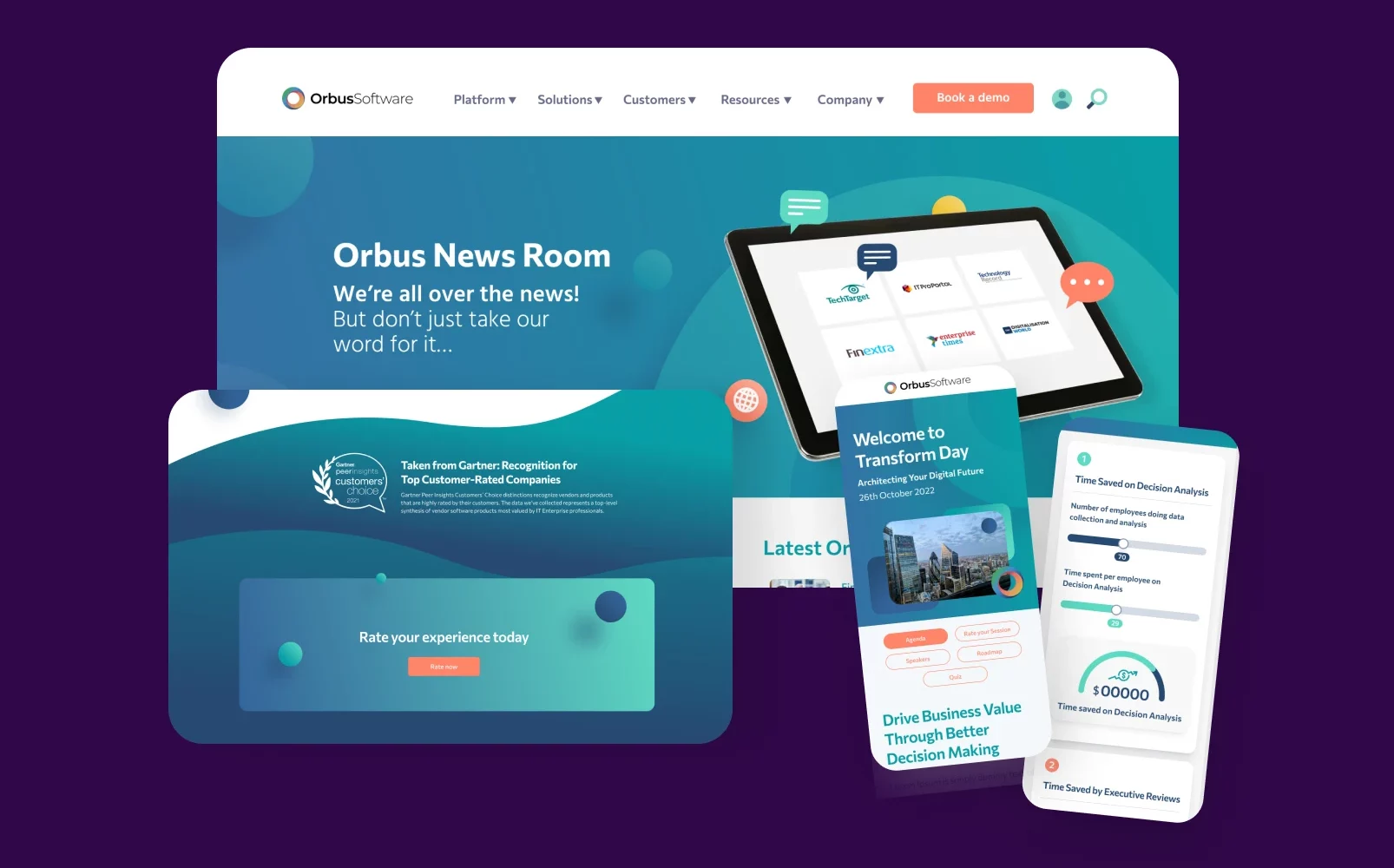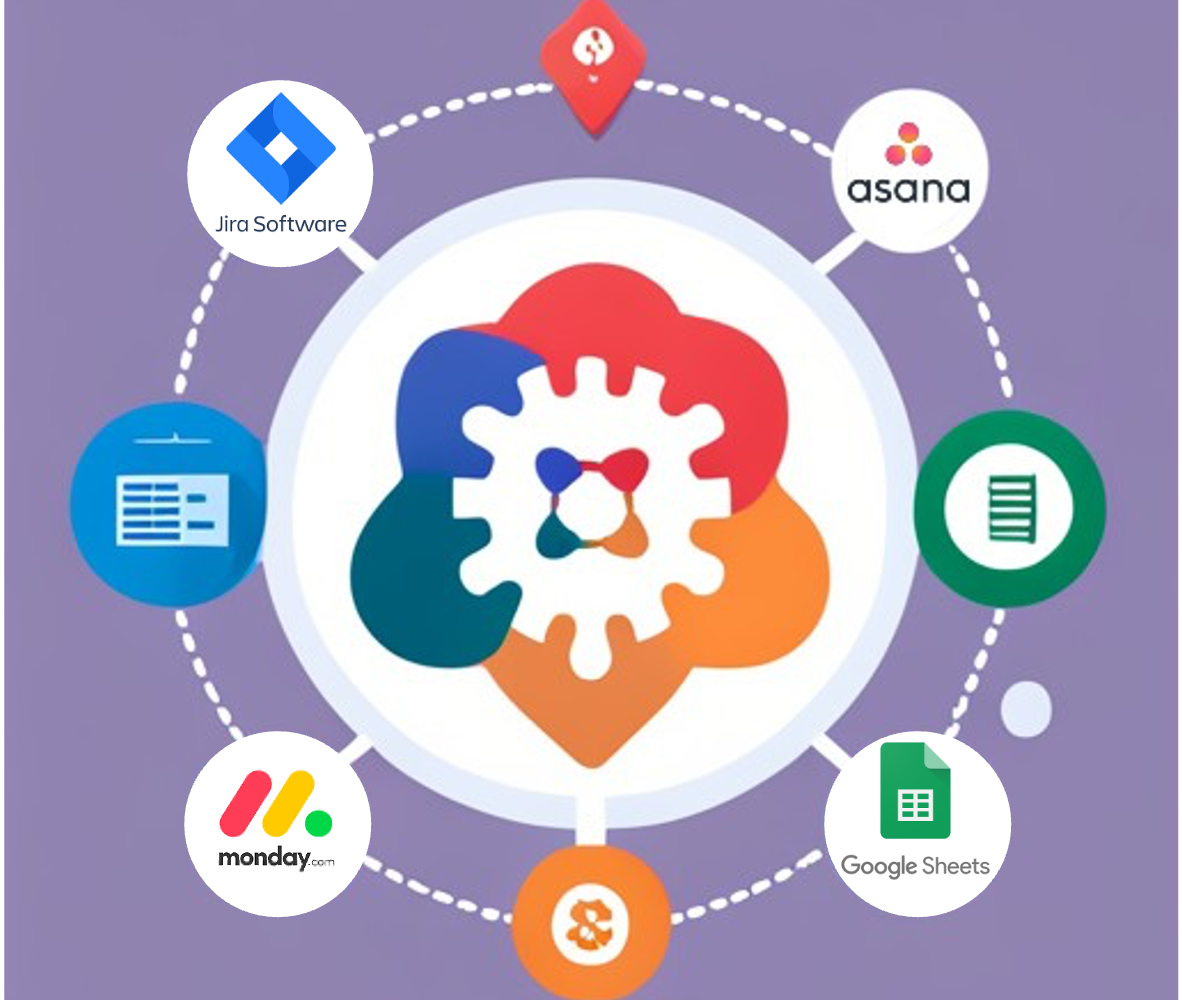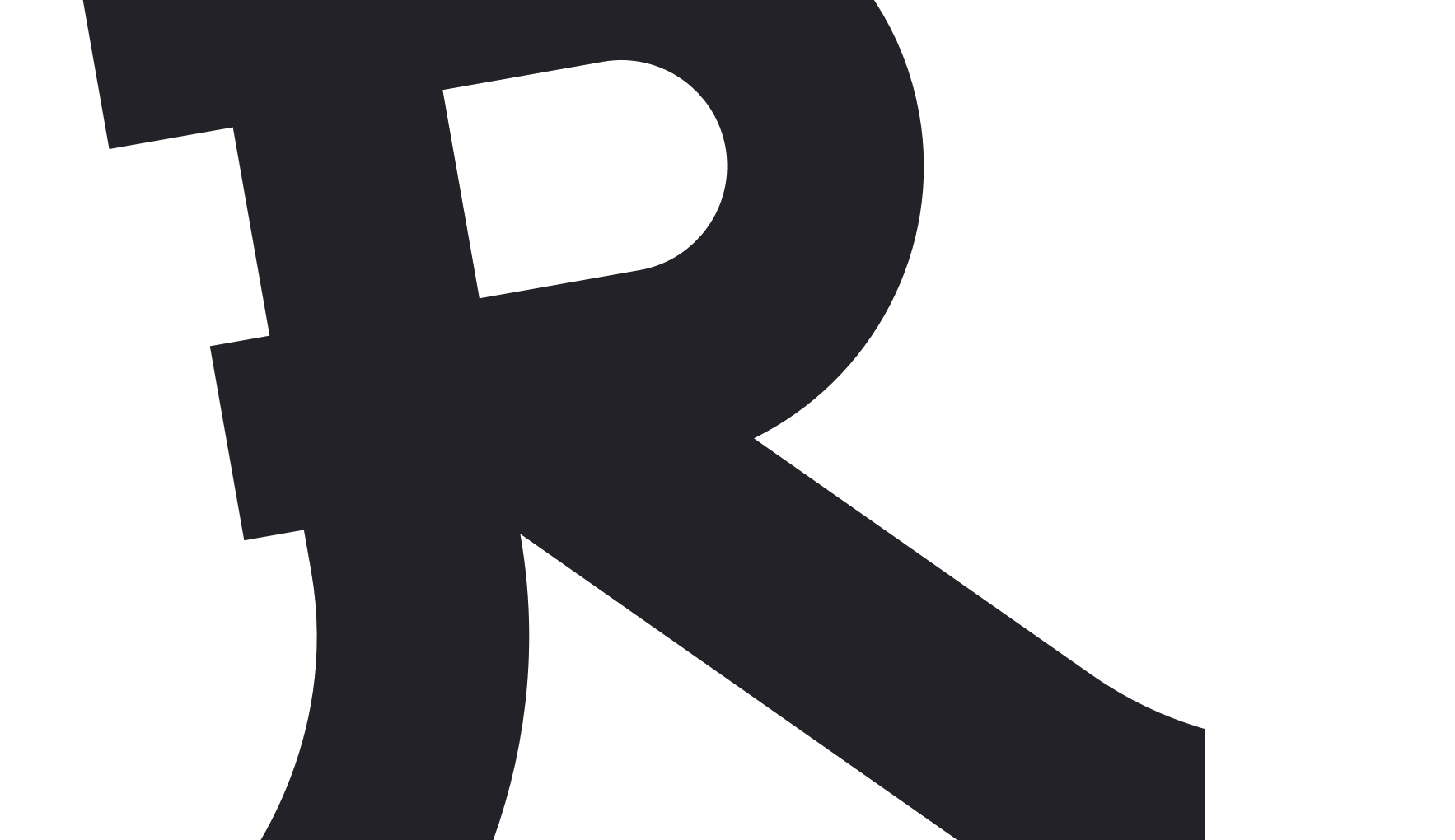
Project Goals: Project Management Skill #1
Table of Contents
In project management, where direction and efficiency matter most, project goals are your project’s guiding lights. They help you stay focused and driven through the smooth and rough times.
In the first post of this series, we will investigate the importance of setting clear project goals, measuring and tracking their progress and keeping a mindset that can adapt to the ever-changing nature of web design and web development.
In my experience working at Ronins, these recommendations have been proven crucial repeatedly, not only with our Surrey web development projects but also with our most recent award-winning website Orbus Software.

1. The Role of Project Goals in Web Design and Development
Project goals are the cornerstones of your web design and web development projects. They provide the project with a sense of purpose, direction, and a shared vision.
The main role of project goals is to remove ambiguity and ensure everyone understands what must be achieved. It is important to establish and agree on the project goals alongside your client and wider team so everyone is on the same page from the beginning.
Being able to revisit these objectives as a team, sense-check decisions, agree on key UX / UI elements, and agree on functionality is an efficient and consistent approach to ensuring project success.
2. Types of Project Goals
Web projects encompass various objectives. The trick with setting these is to make sure different goals address key areas of the project. Usually, the main areas you look to cover are timeline, user experience, scope, budget, and functionality.
Addressing each aspect with specific project goals ensures a holistic approach to project management.
3. Specific and Measurable Objectives
The power of project goals lies in their clarity and measurability.
Vague goals, such as ‘increase website traffic’ or ‘better user experience’, lack the precision needed for effective tracking. You can always start by writing down a list of more vague and subjective objectives as a starting point. Then, complete the exercise of turning each one into something you can 1) measure, 2) achieve, and 3) track. So, in our examples, you can say: “Achieve a 20% increase in website traffic by Q4” or “Improve the user engagement rate by 15% within six months”.
Measurable goals allow you to track progress accurately and acknowledge accomplishments.
4. Aligning Goals with Client Expectations
‘It takes two to tango’! I cannot stress enough how important it is that you and your client are completely aligned when setting project goals. Aligning project goals with client expectations enhances transparency and fosters collaboration. I’m a big believer in solving problems as a team and including the client in the process as much as they want. This is also extremely useful as you progress in your project, as you can always reference the goals you and your client agreed on to validate and sense-check decisions.
5. Establishing Realistic Goals
Ambition is admirable, but setting achievable goals is key. Overly ambitious project goals can lead to team demotivation and frustration and, ultimately, a disappointing project. At the same time, don’t make your goals obviously easy, as it will only devalue your achievements in the long run. Realistic goals motivate progress and maintain team morale. Setting realistic goals for a project in harmony with project constraints makes it easier to navigate the path to success.
6. Creating a Plan using the right project management tools
Now, this is by far one of the most crucial steps when you kick-start any web design or web development project. Goals are destinations, and a clear plan is the route to reach them. There are plenty of tools available to help you in this process. My favourites include Monday, Jira or good old trusted Google Sheets. Sometimes you can also use multiple tools; for example, when we designed and developed the Orbus Website, we used a combination of Google Sheets for day-to-day management & general headquarters, Jira for development management and Asana for the wider Orbus team management.
An actionable plan outlines the necessary steps, assigns responsibilities, and provides a roadmap for project goal achievement. It’s your project’s itinerary, guiding you from one milestone to the next.

7. Regularly Reviewing and Adjusting Goals
The essence of project management, particularly when working in an agile methodology, is its constant change and evolution. This is why flexibility is vital in the dynamic world of web design and development. Project goals should adapt to changing circumstances. Regular reviews and adjustments ensure that goals remain relevant and attainable, allowing your project to stay on course, even in the face of unexpected challenges.
Conclusion
Setting clear project goals is the compass that guides your web design and development project. These goals, when specific, measurable, and aligned with client expectations, provide the roadmap for your journey. Keeping them realistic, actionable, and open to adjustment ensures that you stay on the right path, even when the project landscape shifts. So, set your goals, chart your course, and sail towards a successful web project. If you want to learn more about key project management skills, check out my article: 5 Important Skills for Digital Project Managers.
